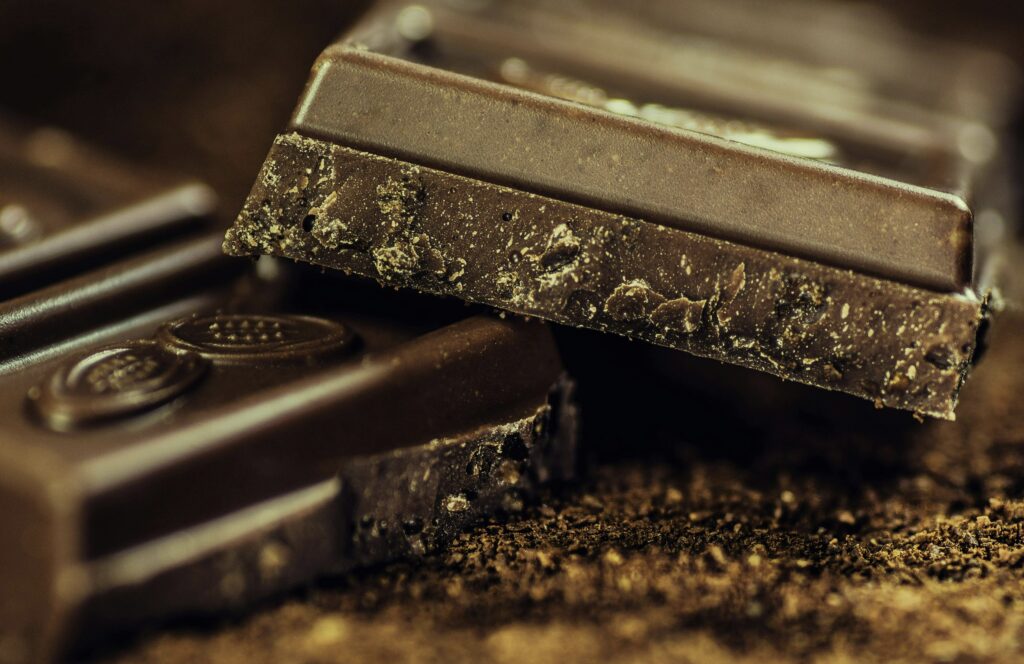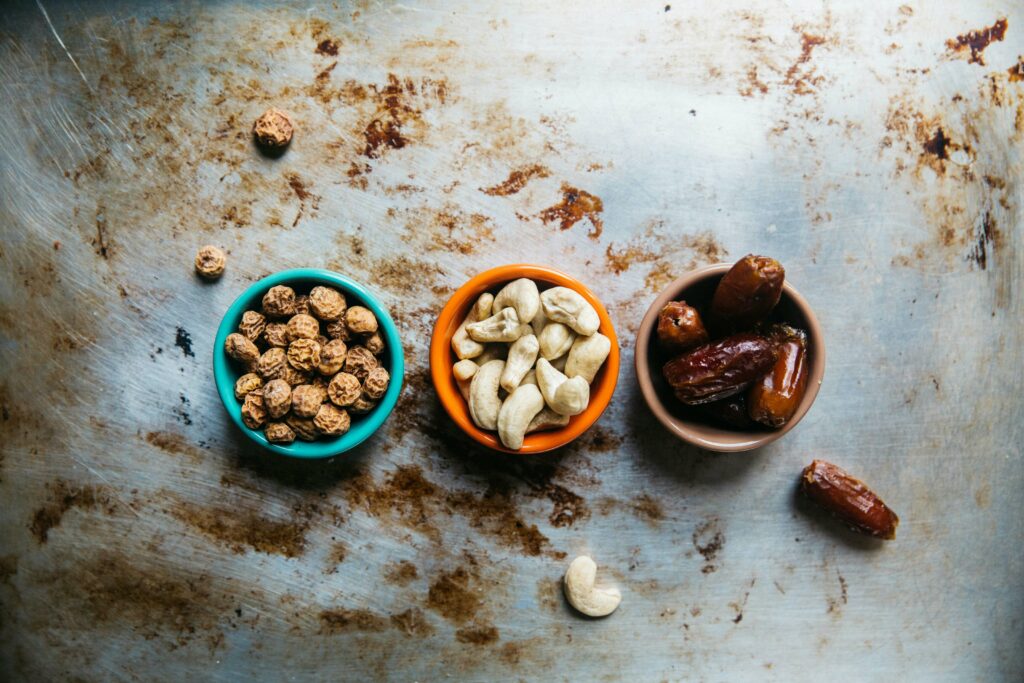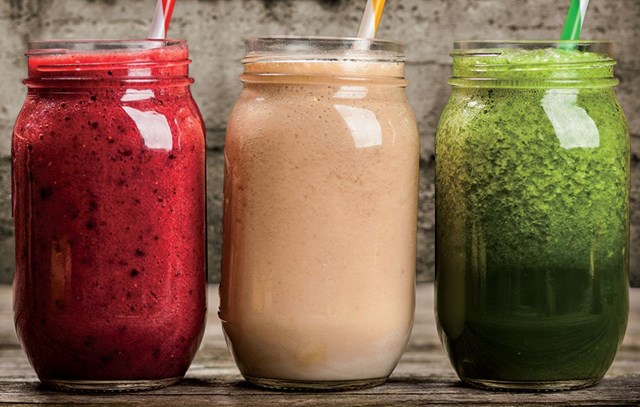Nutrition should be a science, but it often feels more like a popularity contest, with scores of fitness gurus and food start-ups competing to convince you of the latest cure-all.
So, how to tell the superfoods from the superfads? If you’re hungry for the facts, browse our definitive list of the ingredients worth piling high and those you can leave off your plate.
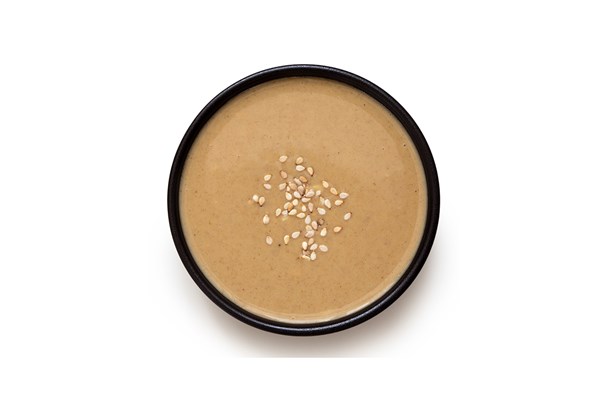
Tahini
Currently enjoying a resurgence with the rising popularity of Middle Eastern food, this versatile sesame seed spread is packed with vitamin E, an antioxidant linked to anti-ageing – both of the aesthetic and holistic varieties. “Sesame seeds are also higher in protein than most other nuts or seeds,” says nutritionist Anne Anyia.
Shutterstock

Seitan
To coeliacs, its name is apt: seitan is made from gluten, the protein found in wheat. But for others, it’s a satisfying meat substitute that packs as much protein as lean meat and is a good source of the amino acids needed for building muscle. Popular in fried chicken restaurants for its meaty texture, it’s cheap to make at home, now that you’ve conquered sourdough.
Shutterstock
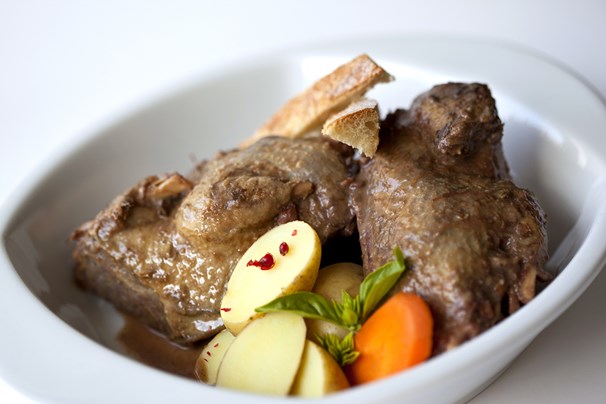
Wood Pigeon
Not only is pigeon more ethical than chicken, it’s also leaner and more muscular (largely because the birds actually have a chance to fly). Chef Andy Waugh of Mac & Wild describes it as “the gateway meat for people who think they don’t like game”.
It’s rich in minerals such as copper, which supports weight loss.
Shutterstock
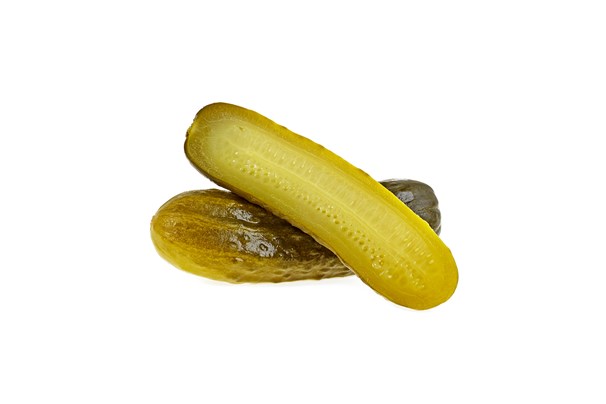
Dill Pickles
By which we mean preserved cucumbers, usually flavoured with dill and spices. But not all are created equal. Look for lacto-fermented varieties, not “dead” vinegar pickles, which are the sterilised kind. Or make your own. “They’re easier to digest and contain lots of vitamins, minerals and antioxidants,” says Anyia. “Fermented foods boost immunity, too.” Try in tuna salads or ham and cheese toasties.
Shutterstock
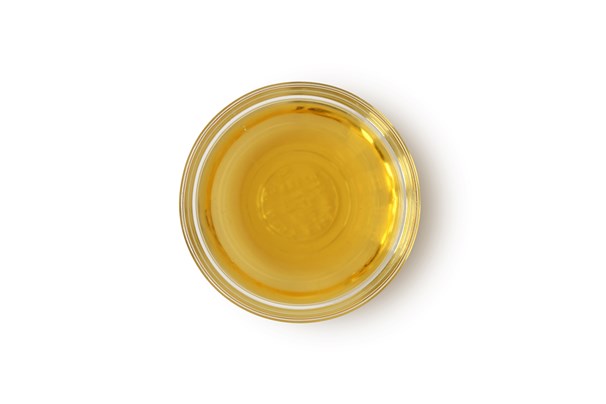
Dry Cider
The antioxidant count in cider is comparable to the more celebrated red wine, according to the Institute of Food Research – and the nutrients are more rapidly absorbed into the bloodstream than those in fruit. Opt for natural ciders with a higher percentage of fruit, fewer added sugars, a longer fermentation time and a more interesting flavour. We’ll spare you the “apple a day” jokes.
Shutterstock
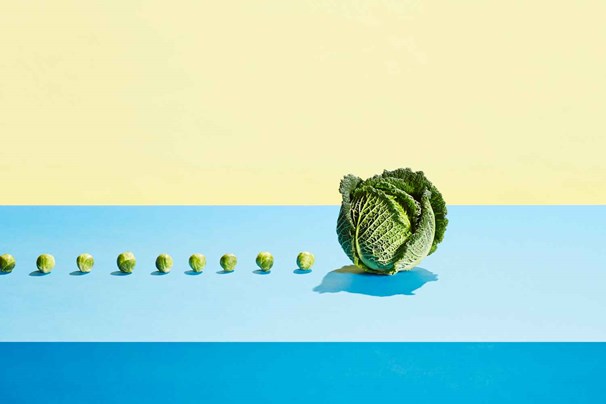
Sprouts
Much like dogs, sprouts are not just for Christmas – they’re for (longer) life. Cruciferous vegetables such as sprouts, cauliflower and kale contain glucosinolates, compounds with a healthy, anti-cancer effect. Italian researchers recently found that sprouts stimulate the development of stem cells in your muscles, helping them to repair and grow. Sauté or roast rather than boiling to preserve more nutrients.

Kale Pesto
Kale reached cultural saturation point in 2015 (“Kale Yeah!” T-shirts?), but its popularity isn’t all hype – it’s rich in vitamins A, C and K. But let’s face it: it tastes awful in salads. Buy it in pesto form, however, and not only will the added fats boost your absorption of vitamin K, but you might enjoy eating it, too.
Shutterstock
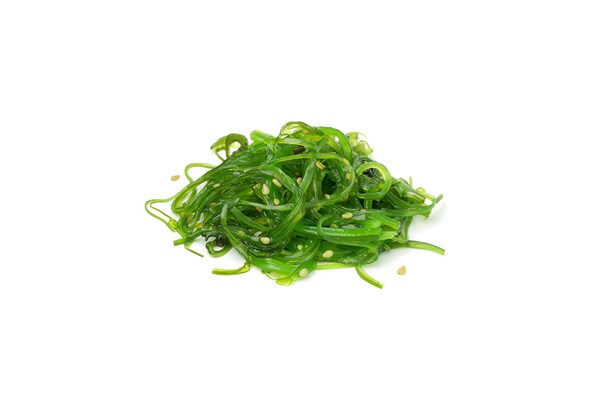
Wakame
The green stuff in your miso soup is swimming in nutrients such as hesperetin and fucoxanthin (we won’t quiz you later). Rodent studies at the Korea Food Research Institute found it improved running distance by 15 per cent, as well as boosting muscle function.
Shutterstock
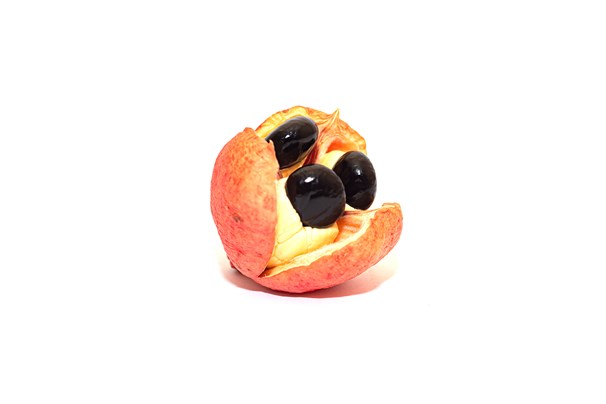
Ackee
Jamaica’s national fruit is very unfruit-like, with barely any carbs, a pinch of protein and plenty of healthy fats – a similar nutritional profile to the avocado. A study by the West Indian Medical Journal found it rich in oleic acid, linked to healthy weight loss. “It’s a powerhouse food,” says Adnan Chowdhury, a health researcher at the University of East London.
Shutterstock
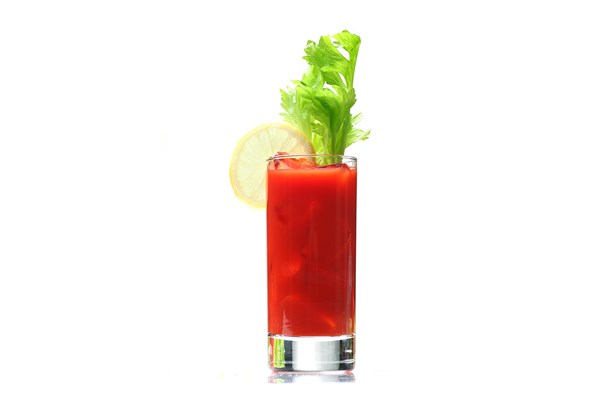
Bloody Marys
The preferred drink for short-haul flights and long-haul brunches, a Bloody Mary is good for more than just easing hangovers.
Researchers at China Medical University in Taiwan linked tomato juice to a reduction in body fat, while a study published in Food Science & Nutrition linked it to lower blood pressure and LDL cholesterol. Vodka isn’t exactly conducive to these health benefits. But you were going to have some, anyway…
Shutterstock

Potatoes
As well as potassium, spuds are a good source of antioxidants, says Anyia. “Reheat it the day after baking. This increases its levels of resistant starch, which gets broken down into short-chain fatty acids and provides fuel for good bacteria.”
Prefer chips to jackets? Cut into wedges, boil for 5-10 minutes, then throw them in an air fryer with a spritz of olive oil, a pinch of sea salt and a sprinkling of fellow superfood rosemary.
Shutterstock
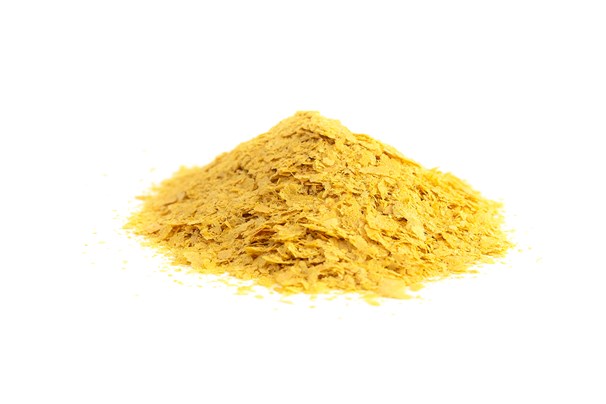
Nutritional Yeast
Where do vegans get their vitamin B12? Nutritional yeast has a nutty, umami taste, which has made it popular among those craving a cheese-like flavour without the dairy. As well as B12, it’s also full of other vitamins generally found in animal products. Do: sprinkle it liberally on your meals when you’re in need of an energy boost. Don’t: refer to it as “nooch”. Please.
Shutterstock
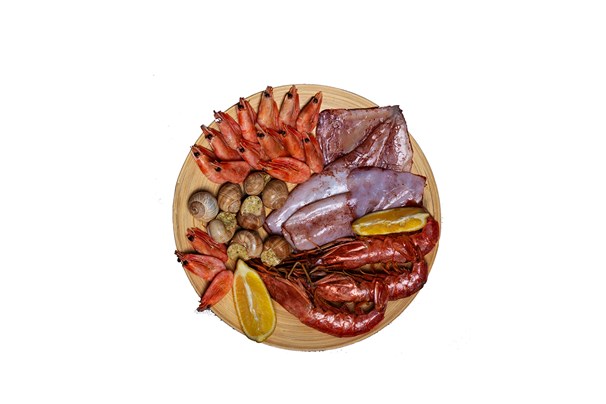
Seacuterie
Seacuterie was tipped as the food trend for 2020 – before the coronavirus wave washed that idea away. As you may have guessed, the name is a play on “charcuterie”, and means turning fish into sausages, salami and other cured goodies. What you’re left with is a concentrated source of high-quality proteins and micronutrients, with more omega-3 than any of your usual bangers.
Shutterstock
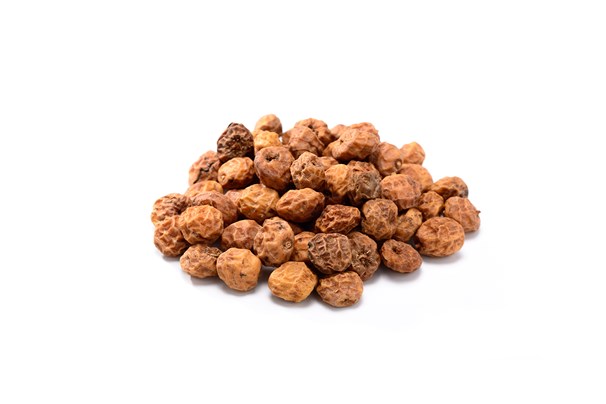
Tiger Nuts
When is a nut not a nut? When it’s a nut-like tuber with a flavour like almonds but a lower kilojoule count. Tiger nuts are popular in Spain, where they’re referred to as chufa and used to make horchata, a sweet plant-milk drink. You can also roast them and eat them like, well, nuts, and they’re rich in insoluble fibre, which benefits gut health and curbs blood sugar spikes.
Shutterstock

Mussels
A rich source of low-kJ protein, mussels have been shown to reduce joint inflammation, says Chowdhury. They’re also dripping with manganese and selenium for immunity, brain function and a healthy metabolism. Mussels are also relatively
eco-neutral to farm – reassuring, given that seafood farming is one of the world’s fastest-growing food production industries and increasingly unsustainable. Steam, bake in foil, or flour, fry and turn into “popcorn”.
Shutterstock
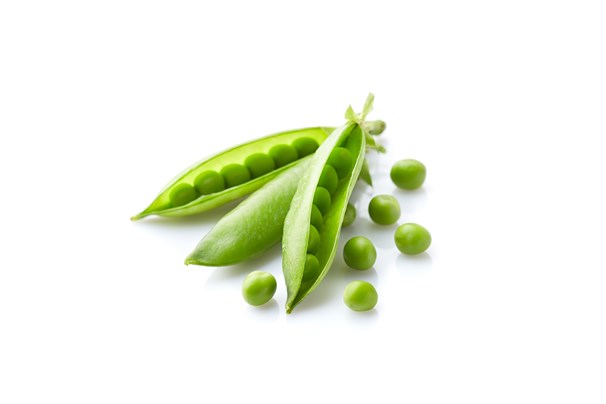
Pea Protein
A common addition to post-gym powders, pea protein is thought to “increase muscle strength more efficiently than whey”, according to Chowdhury. “Plus, combining pea protein with vitamin C can help to reduce post-training inflammation.” Not a fan
of dairy-free blends? Then try peas solo. A cupful contains 8.6g of protein, along with almost 40 per cent of your vit C needs and around 9g of fibre.
Shutterstock
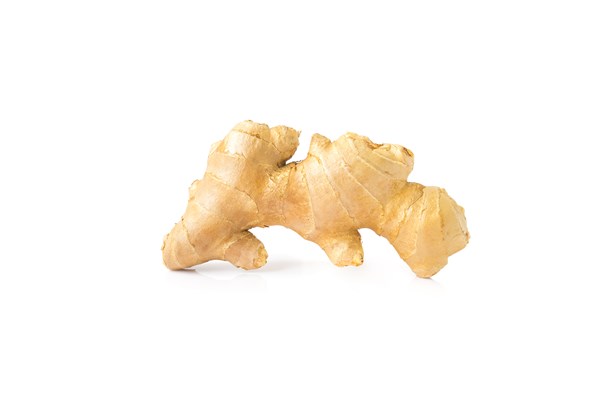
Ginger Shots
A rare juicing trend worth swallowing, ginger shots have been taking root everywhere from Whole Foods to Woolies. But unlike wheatgrass et al, it seems to be the real deal. A study at Tehran University of Medical Sciences found that 2g of ginger per day reduced blood sugar by 12 per cent in those with type 2 diabetes, a condition now affecting one in 10 people over 40. The bioactive component gingerol is known for its antiviral properties, too. Hot stuff.
Shutterstock

Black Beans
“Studies have linked black beans with protection against heart disease, diabetes and weight gain,” says Anyia. They provide 9g of plant protein per serving, as well as anti-inflammatory phytonutrients and plenty of resistant starch, which offsets the digestive impact of a meat-heavy diet – so you can have your steak and eat it. Throw them in tacos or blend with lime, coriander, garlic and chilli and serve with tortilla chips.
Shutterstock
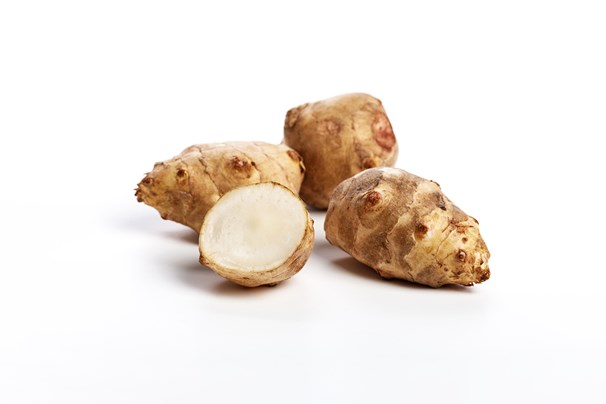
Jerusalem Artichoke
This root vegetable is neither from Jerusalem (it’s derived from the Italian word for sunflower, “girasole”), nor is it an artichoke; but don’t let that be cause for mistrust. Roasted, sautéed or puréed into a creamy soup, it has a nutty, sweet taste. It’s also a top source of inulin, a type of fibre that the bacteria in your digestive system feed on, creating a healthier microbiome that is linked with reduced anxiety and swifter fat loss. Praise be.
Shutterstock
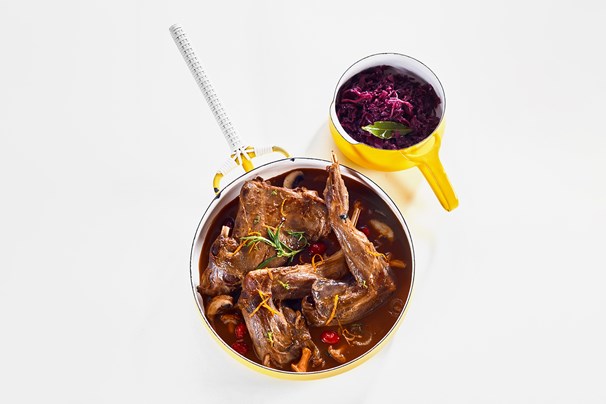
Wild Rabbit
The other, other white meat, rabbit is lean with a 4:1 protein-to-fat ratio.
“It’s also richer in calcium and phosphorus thank chicken, beef and pork, and is much lower in cholesterol,” says Chowdhury. Marinate overnight, then sub it in for your Sunday roast chicken. “Researchers found that consuming rabbit improved recovery in explosive athletes such as shot-putters and sprinters by increasing their circulatory functions.”
Shutterstock
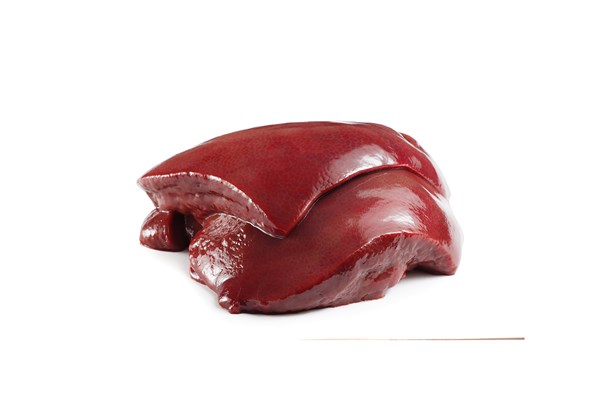
Pork Liver
We should all be eating more offal. Not only is going the whole hog good for minimising waste, but some of the most nutrient-dense parts of the animal are those we tend to overlook.
A typical serving of pork liver contains well over your RDI of vitamin A, riboflavin and iron, plus plenty of niacin, zinc, selenium and even vitamin C. It’s essentially a multivitamin.
“A study in 2017 indicated that pork liver proteins have antioxidant properties,” says Pinho. Dust with flour, season and sear.
Shutterstock
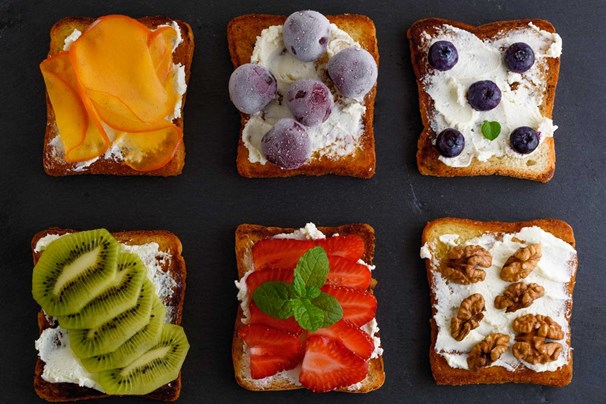
Cottage Cheese
The 1980s diet food may not be as hip as it once was, but with the rise of trendy probiotic foods – kefir, skyr, quark – it’s worth revisiting the older, cheaper classic. Cottage cheese is low in fat (0-5 per cent) and rich in protein, with up to 10g per 100g. In particular, it’s high in casein, says Chowdhury, which digests slowly to drip-feed your muscles and thwart hunger. Let’s leave the cabbage soup diet back in the ’80s, though.
Getty Images
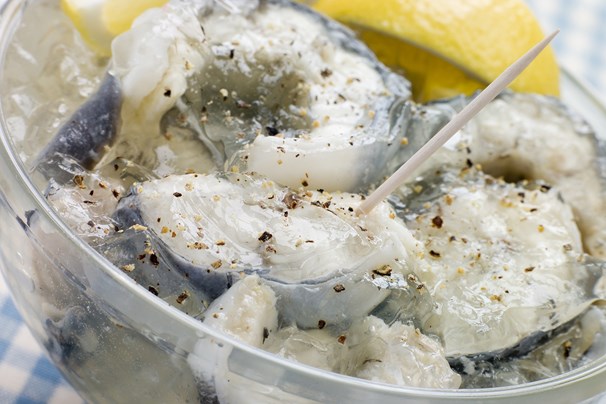
Jellied Eels
This snack was once synonymous with London’s East End seafood stalls. While it sounds disgusting, it tastes great and there are plenty of nutritional reasons to partake in this pureed protein: the jelly is rich in collagen, which supports joint health and helps skin to look younger and firmer, while eels are swimming in omega-3 fatty acids and B vitamins.
Shutterstock
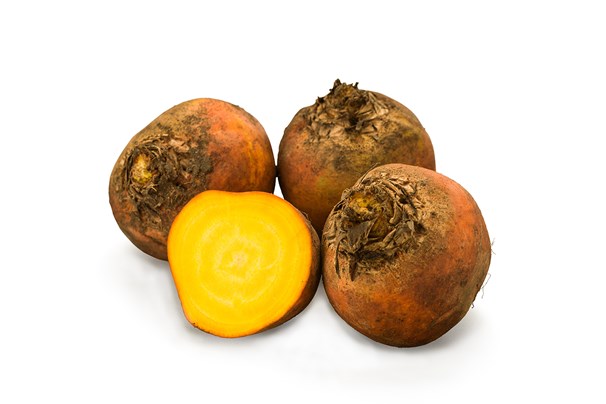
Golden Beetroot
That beetroot is good for endurance is well known. Tour de France athletes swear by it, due to its stamina-boosting nitrates. But it’s also rich in glutamine, the most abundant amino acid in muscle tissue, and it’s beneficial for heart health and blood pressure management, too. Spare yourself the stained lips and roast some golden beets in salt, pepper and rosemary.
Shutterstock
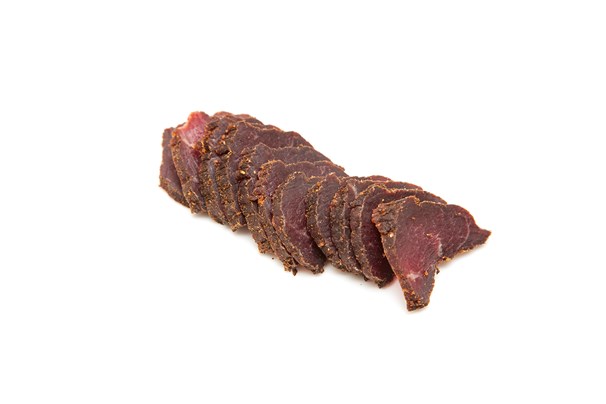
Biltong
Don’t confuse South Africa’s signature meat snack with American beef jerky. It’s cured and air-dried, rather than cooked or smoked, and tends to contain less sugar and more tasty fats. “A 25g bag contains about 13g of protein, making it an ideal snack after a workout for maintaining muscle mass,” says Chowdhury. Beef is traditional, but antelope and ostrich are also common.
Shutterstock
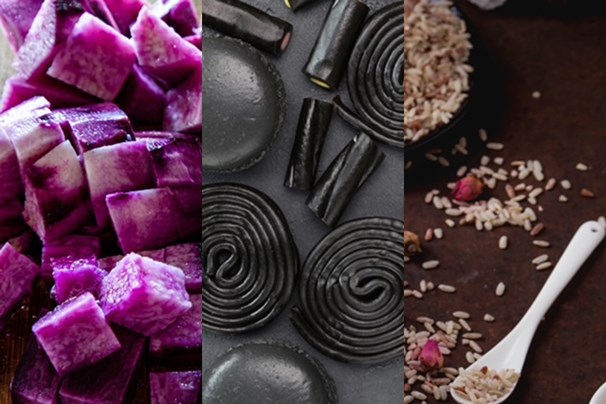
Wellness Imposters
Don’t believe the hype: not all “superfoods” deliver on their promises. From oversold benefits to underwhelming ingredients, these are worth striking from your shopping list. Spend your money – and your appetite – on something better
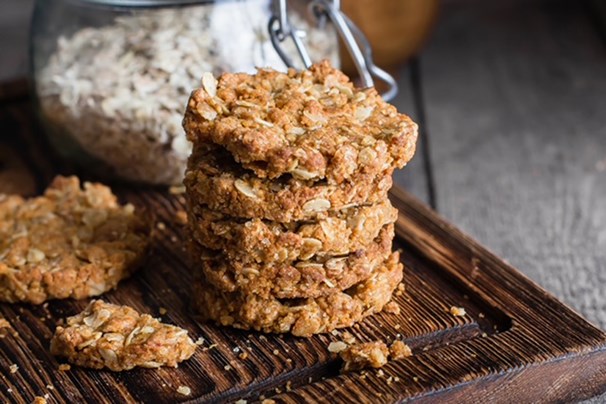
“Breakfast” Biscuits
Don’t let their name fool you into thinking that these are complete and balanced meals. These are just regular biscuits with a rising sun or crowing rooster on the packaging, and low in protein. If you must eat on the move, Chowdhury recommends plant-based protein bars instead.
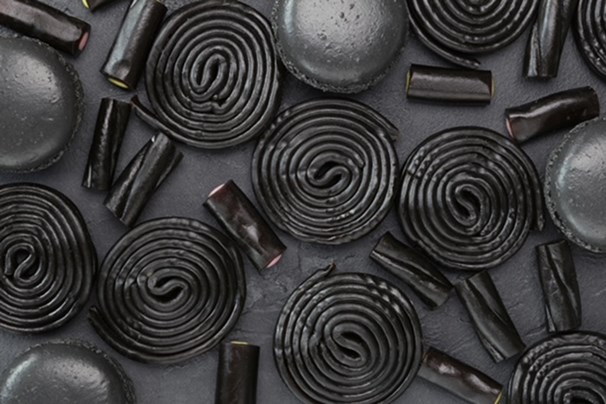
Liquorice
Now common in health food shops, liquorice is claimed to have ‘allsorts’ of benefits. But be wary of your dosage. When eaten every day, its glycyrrhizic acid can cause a reduction in potassium levels, says Anyia, leading to high blood pressure, already a problem for many Aussie men.
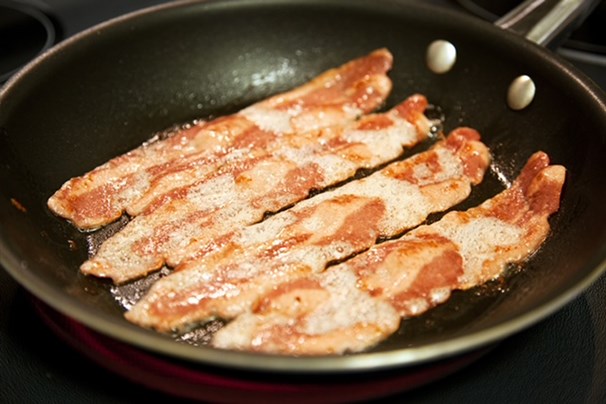
Turkey Bacon
In conversations about the risks of processed meat, bacon hogs the blame. Hence the popularity of the lean turkey variety. But its lack of fat is often compensated for with glucose syrup. As a result, it can actually contain more kilojoules than pork. It’s also lower in selenium. “I wouldn’t advise eating it more than once a week,” says Chowdhury.

Essential Oils
If you’re thinking, “That’s not a food”, you’re right – tell that to the internet wellness quacks who’ve been mixing them with water and knocking them back. The aromatherapy-style peppermint or citrus oils, which do not conform to food safety standards, put you at risk of poisoning, rashes and stomach upsets.
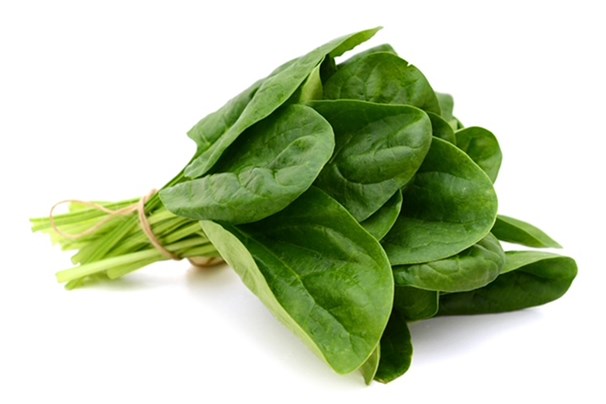
Raw Spinach
There’s a reason Popeye ate it tinned. Spinach is a source of oxalic acid, which binds to minerals such as calcium, meaning less of the goodness in your veg is absorbed. Cooking reduces levels of this compound, as well as making its beta-carotene up to three times as easy to absorb. It tastes ‘nothingy’ in salads. Lightly sauté instead.

Cauli Steak
Ignore the marketing. Cauliflower is not a steak, it’s a side dish. Though high in micros, it’s low in protein: a 300g serving has only 11g, compared to 50g in a 225g steak. Roasted cauli makes
a tasty addition to meals, but its macro count won’t do the heavy lifting alone.
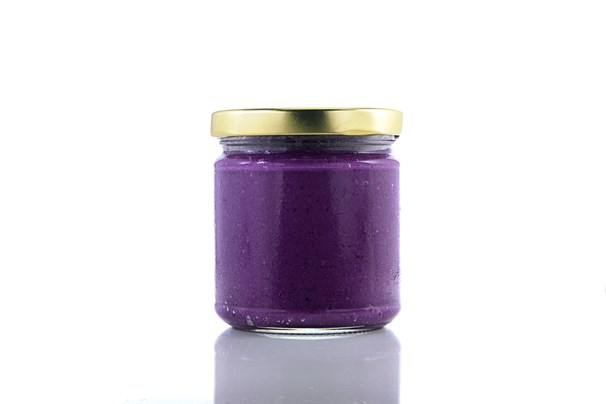
Ube
Also known as purple yam, its bright hue has made it a breakout flavour for vegan ice cream, cupcakes and bubble tea. But, aesthetically pleasing though it may be, it won’t make hipster junk food any healthier.
Shutterstock
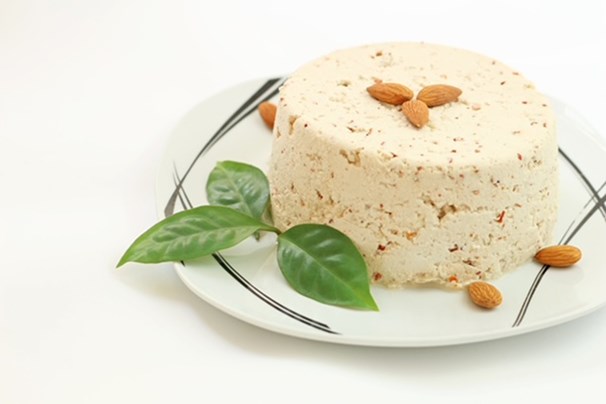
Vegan Cheese
Anything labelled “vegan” or “plant-based” sounds virtuous, but many of these products are made with coconut oil and modified starch. “That makes them high in saturated fats,” says Chowdhury. Cashew cream cheese, made by blending nuts with seasoning and yeast, is a natural alternative.
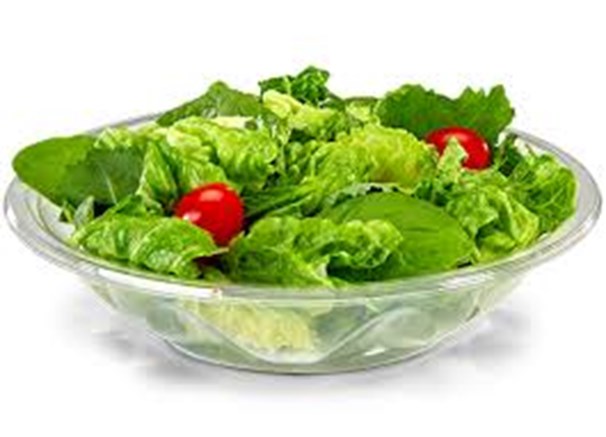
Salad Pots
That our grab-and-go lunch culture is fostering bad habits won’t come as a surprise. But even the seemingly healthy options can fall short. Strip away the low-nutrient iceberg lettuce and tokenistic carrot shavings and what you’re left with is a single-use
tub full of croutons and dressing.
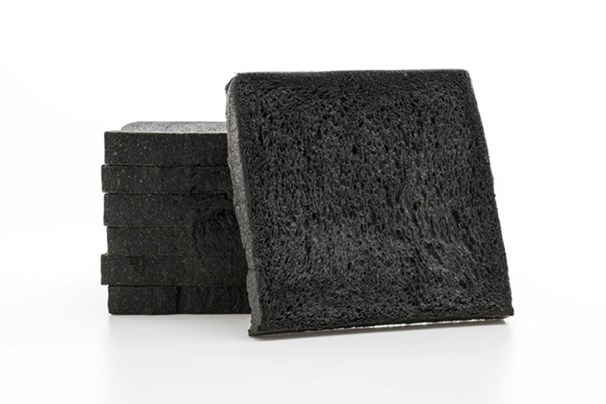
Charcoal Bread
From charcoal brioche to charcoal sourdough, this is a trend that refuses to burn out. But while it might look good on Instagram, charcoal has no proven nutritional benefits when used as a colouring, despite detoxification claims. “It’s a marketing thing,” says Pinho. The Italian ministry of health has even tried to stop it being marketed as “bread”.
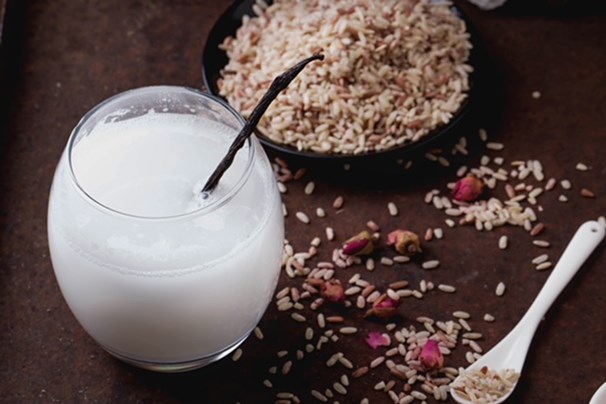
Brown Rice Milk
This healthy-sounding, hypoallergenic plant milk is gluten-, soya- and nut-free. But it’s also absent of anything useful. A glass has 12g of sugar and barely a drop of protein – even unsweetened varieties. Soya is still king for protein, but pea deserves props.

Banana Bread
The lockdown staple is good for long days on the trails, but less so when you’re shut indoors. Over-ripe bananas contain more simple sugars and less gut-healthy starch than greener ones. It’s a cake, not a loaf. “It’ll spike your blood glucose and insulin levels,” says Anyia.
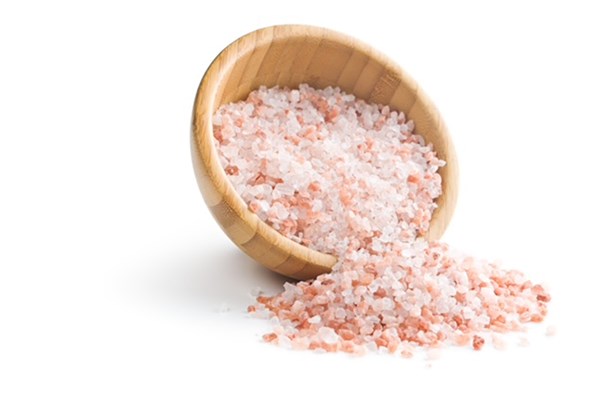
Himalayan Salt
That a viral tweet about licking Himalayan salt lamps got more than 74,000 likes last year is all you need to know. Now, there’s a trend for drinking “sole water”, saturated with salt of the millennial pink or black variety. It might get you likes on Twitter but it won’t alkalise your body or flush out toxins.
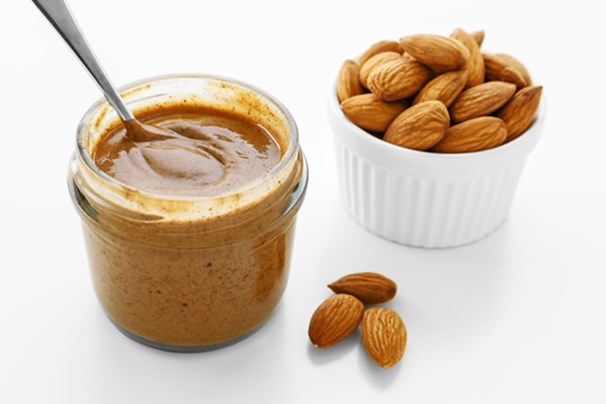
Almond Butter
The Californian almond industry has wpied out billions of bees. That’s not the only reason to switch back to PB: though comparable in B vitamins, peanut butter contains 5g of protein per spoonful, compared to almond’s 3g.
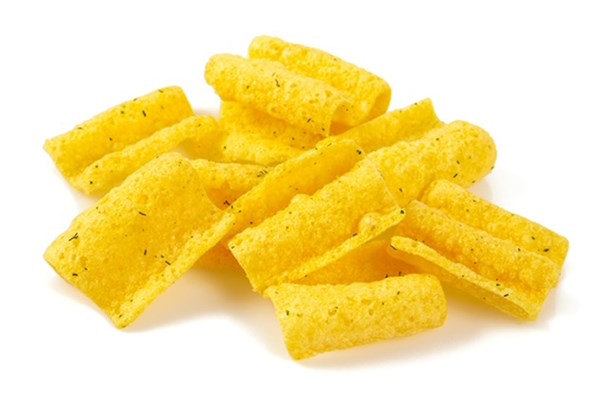
Lentil Puffs
Sold as a healthier alternative to chips, gram for gram their kJ count is just 10 per cent lower. “They’re higher in fibre,” says Anyia. “But because they’re processed, most of the nutritional benefits of lentils will be lost.”
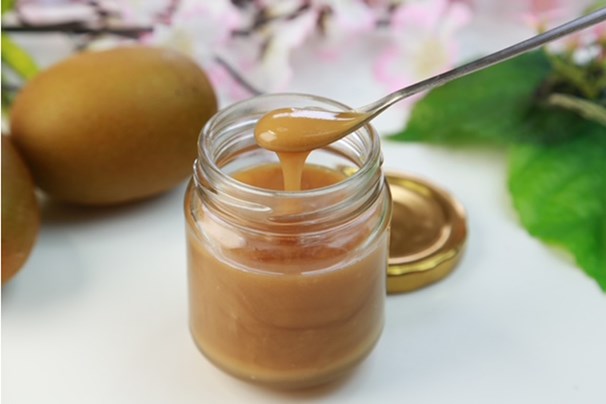
Manuka Honey
It’s been touted as a cure for viral infections and allergies, and even as a detoxification agent. But while it does contain antioxidants and has some antibacterial properties, most of the claims are unsupported by science. It’s also 80 per cent sugar – and 30 times more expensive than a regular jar of honey.

Granola
Sift out the marketing and this is what you’re left with: a breakfast cereal that’s 20 per cent sugar (compared to 17 per cent for Coco Pops). It has more fibre, but so does a PB sandwich. We know which we’d choose.
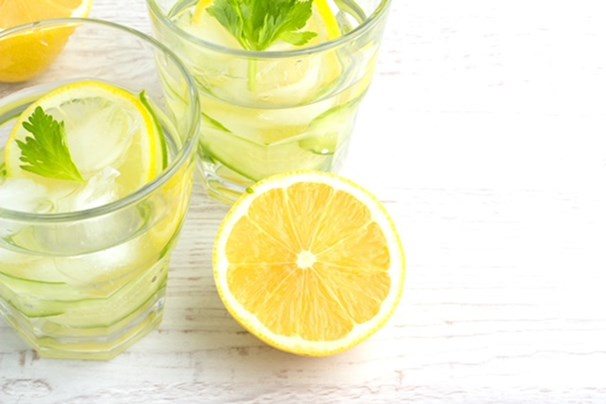
Lemon water
Drinking it upon waking supposedly primes your metabolism for the day and boosts your ability to burn fat. However, there’s zero science to support this. Half a squeezed lemon will provide you with 18 per cent of your day’s vitamin C, a deficiency of which can hinder your body’s normal functions, but that’s still less than you’d find in a quarter of a kiwi.
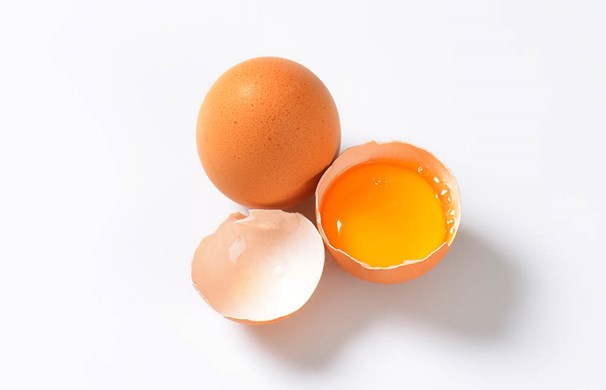
Egg Substitutes
From gloopy aquafaba to soaked chia seeds or Just Egg’s yellow-tinted mung beans, there are many ways for vegans to sub out eggs. There’s even Wagamama’s “fried egg”, made with coconut milk and cornflour. But none matches the amino acids, choline and vitamin D in the genuine article.
Men’s Health
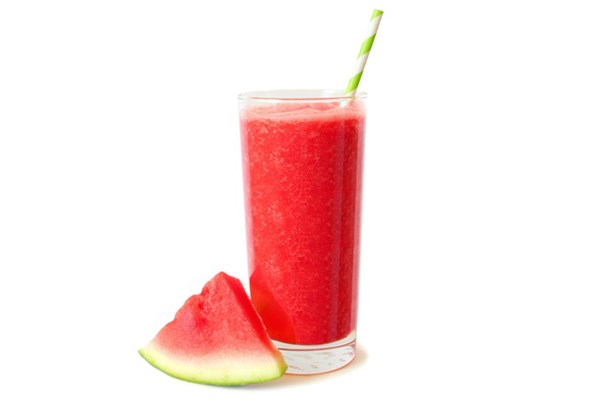
Watermelon Water
Is watermelon good for you? Absolutely. But this is juice, not water, and a glass packs 21g of sugar – more than half of a Coke – with zero fibre. It contains a small amount of muscle-boosting L-citrulline, but not enough to have a measurable effect. Enjoy it as nature intended: cubed, frozen in a G and T.
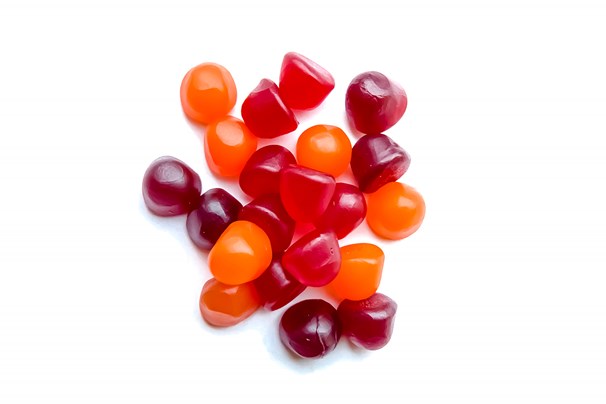
CBD Gummies
Evidence for cannabidiol’s benefits regarding anxiety, pain relief and inflammation looks promising. But most of us are dosing it wrong: scientific studies tend to work with amounts of between 100-600mg. Many gummy brands offer as little as 25mg in a pack of 10 – along with plenty of glucose syrup.
Shutterstock

Cranberries
Fresh is best, but even raw cranberries offer
a fairly modest amount of nutrients compared to less festive fruits such as blueberries and blackberries. Dried cranberries are sweetened and can be up to 70 per cent pure sugar, with more kJs than other dried fruits.
Shutterstock

Coconut oil
Claims about coconut oil’s effects on weight loss are rife, usually citing its similar composition to MCT oil.
But the two oils are distinct. A study in Physiology and Behaviour on a variety of fats, including coconut oil, found they had no effect on hunger or satiety.
Shutterstock
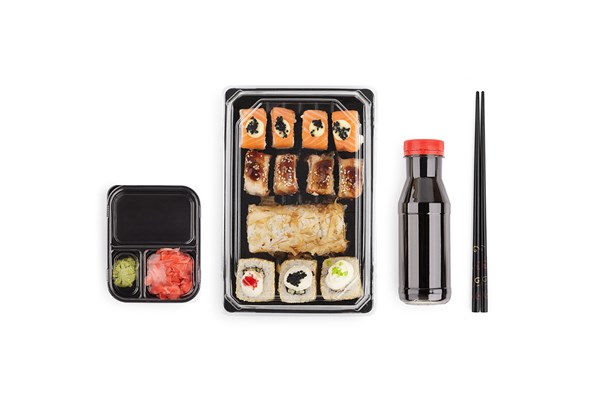
Supermarket Sushi Boxes
Sushi isn’t an everyday swap for your sandwich. Eating it too often risks elevating your mercury levels, while white rice can spike blood sugar. Plus, it’s ruined by long fridge times. Swerve the meal deals.
Shutterstock
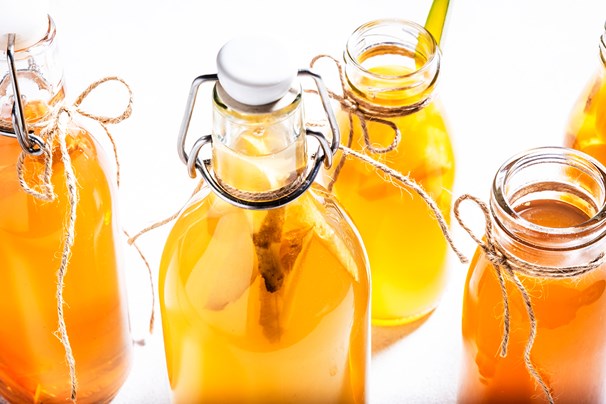
Kombucha Beer
A fizzy tipple with 10g of sugar and a similar alcohol content to a pale ale. “A recent review found little evidence of health benefits in human trials,” says nutritionist Wilson Pinho. Why not just have a beer?
Shutterstock











